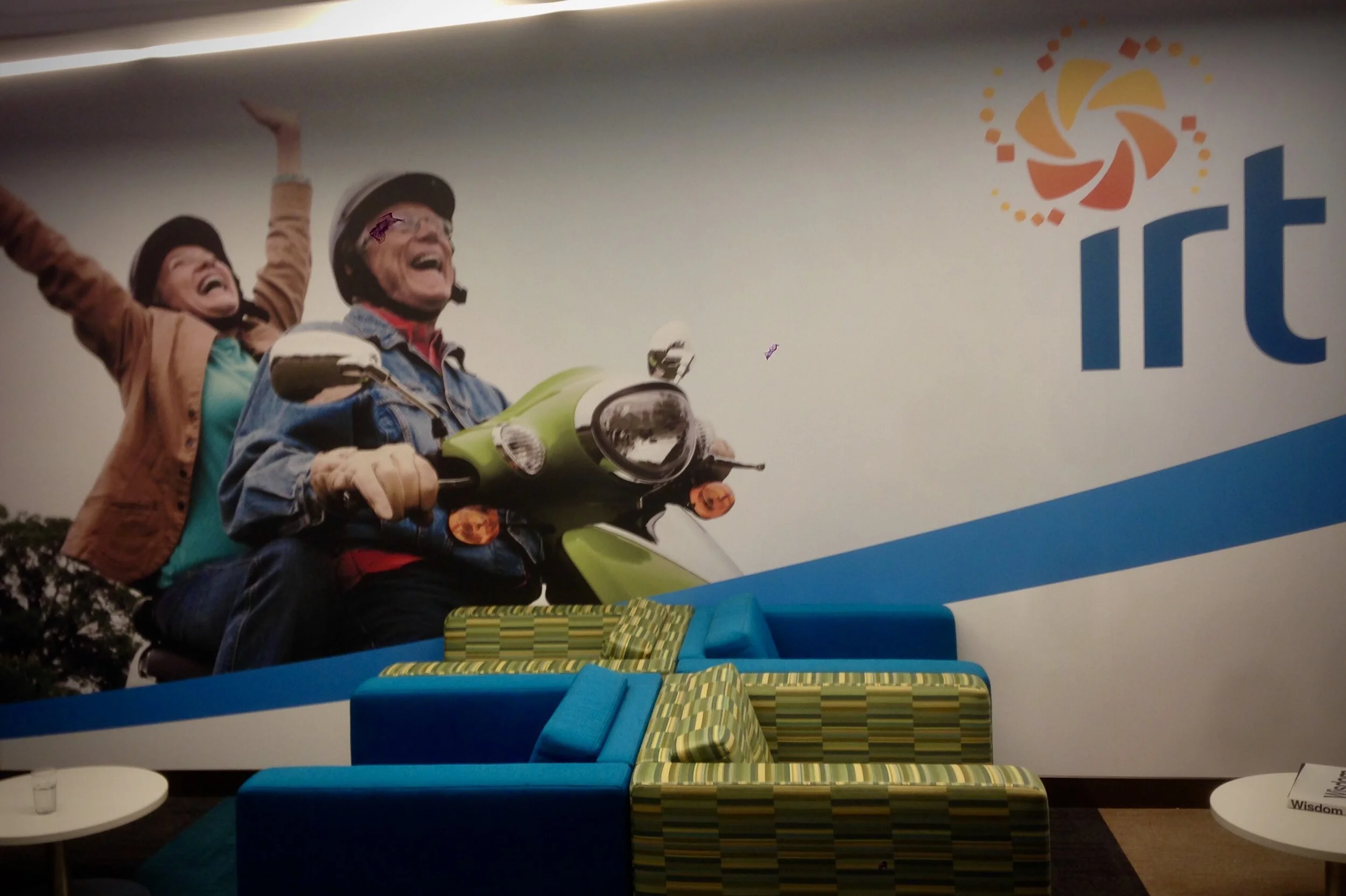InHome Care at IRT
In Australia, the Aged Care sector is ongoing massive change triggered by legislative and regulatory changes, by a shift in customer behaviours and, like so many other sectors, by technology (robotics, wearables, etc.)
At the end of 2014 I took a client engagement to design and lead the In-Home Care (IHC) business transformation of IRT, an Aged Care provider in Australia.
EXPLOIT
The first phase of the transformation focused on all changes and improvements on their operating model (business processes, systems, roles, etc.) required to remain compliant with the new Consumer-Directed Care (CDC) regulatory framework rolled-out by the Australian government. It was the priority number one of IRT Group leadership team and something that had to be done by July 1st, 2015 to maintain revenues of the IHC existing business.
With a cross-functional team we worked against the clock to adapt IRT In-Home Care operating model and offer all new benefits in terms of extra choice and flexibility for consumers. Some of the changes, like the production of a monthly income and expense statement for all care recipients, created heavy process and IT challenges. Moreover, the short timeline put the whole organisation under intense pressure. But in the end, the team succeeded in complying with all new CDC requirements from July 1st, 2015 while maintaining the same quality of care.
EXPLORE
But Group executives had higher ambition that just maintaining the IHC business. They hoped to capture significant growth in that part of the IRT business portfolio. For that we needed to create a radically new trajectory for the IHC business, starting with the exploration of new IHC business models.
So, the second phase of the transformation focused on putting in place the required scaffolding for growth innovation within IRT In-Home Care. It started with a 3-day design workshop with 40 change agents to ideate and prototype many new possible directions for the In-Home Care business. Three teams emerged from the workshop and continued to work on the three most promising business ideas. Minimal scaffolding was put in place for those teams in terms of methodologies (Design Thinking, Business Model Innovation, Agile), coaching on their intrapreneurial journey, and access to leadership.
This exploration evolved over time from In-Home Care to include other business units. Additional scaffolding elements were added to support the growing scope of the transformation: e.g. an onsite design/coaching capacity, a collaboration space to support the various initiatives and projects, a corporate innovation team.
With every new business challenge, the IRT leadership team grew more and more comfortable using this transformation infrastructure to explore possible solutions.
